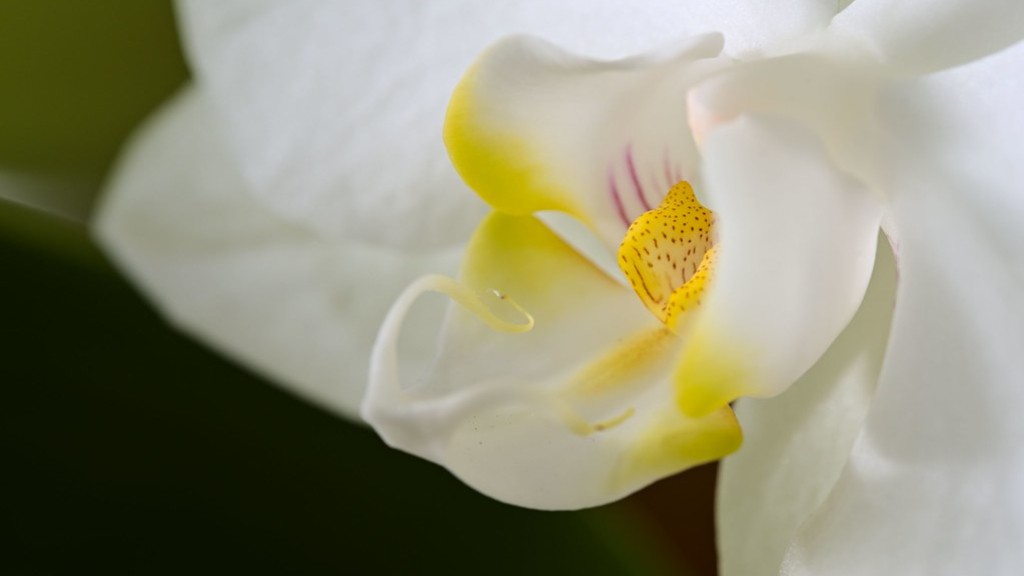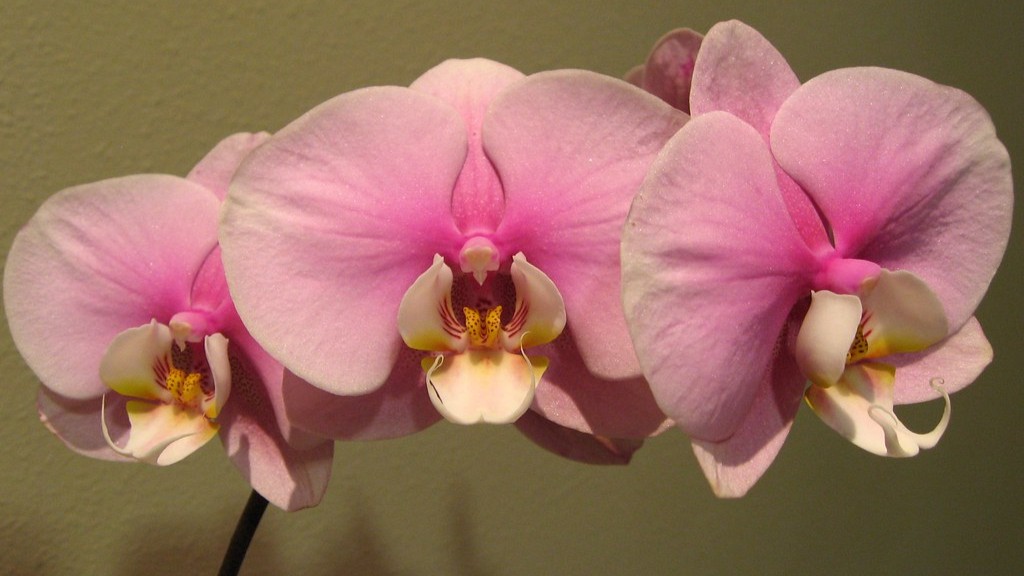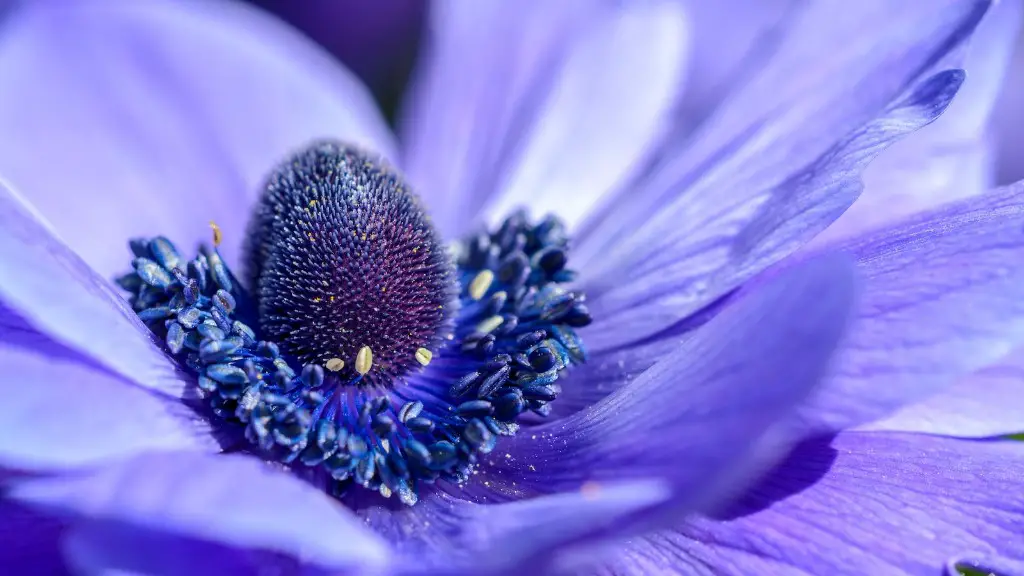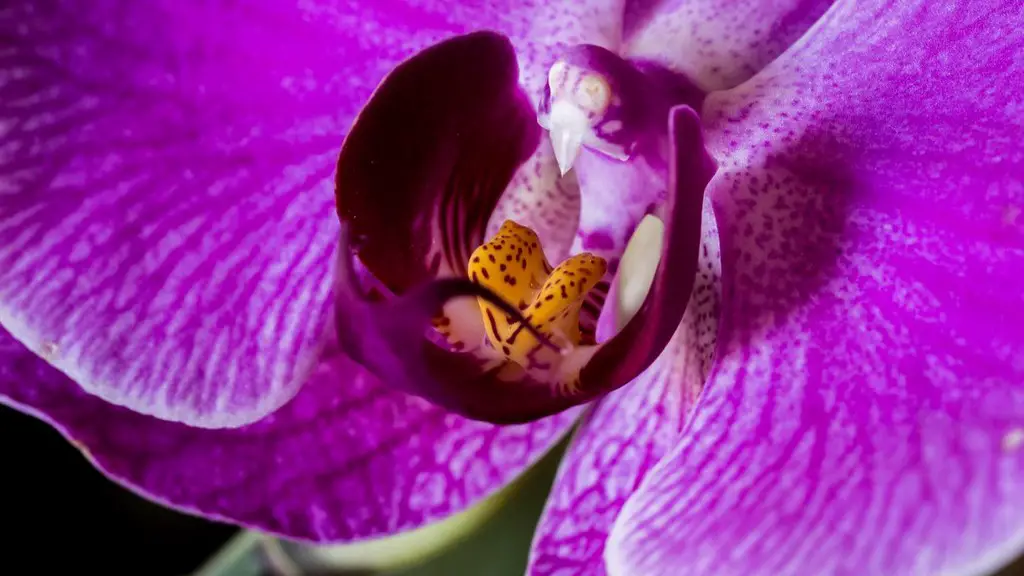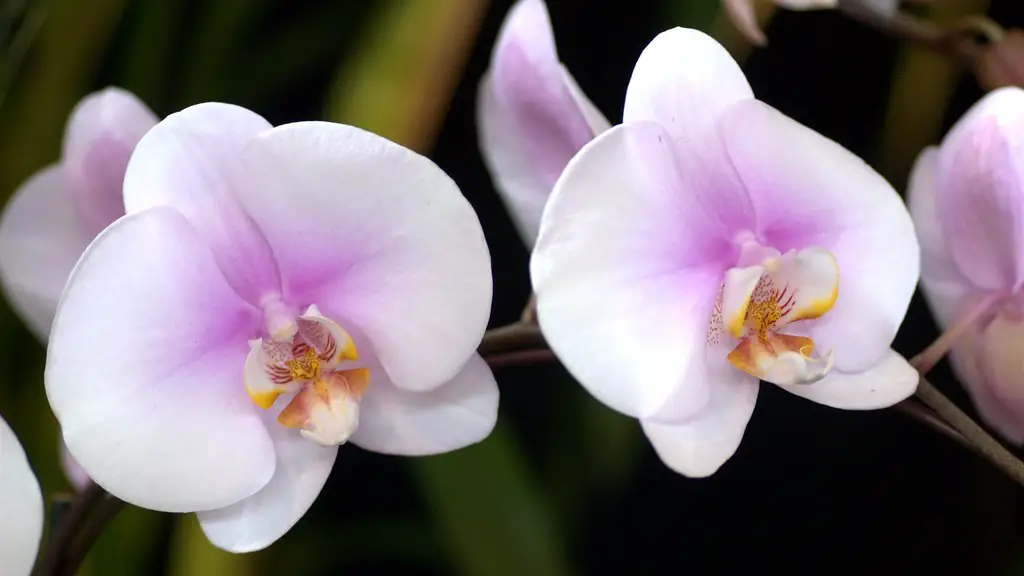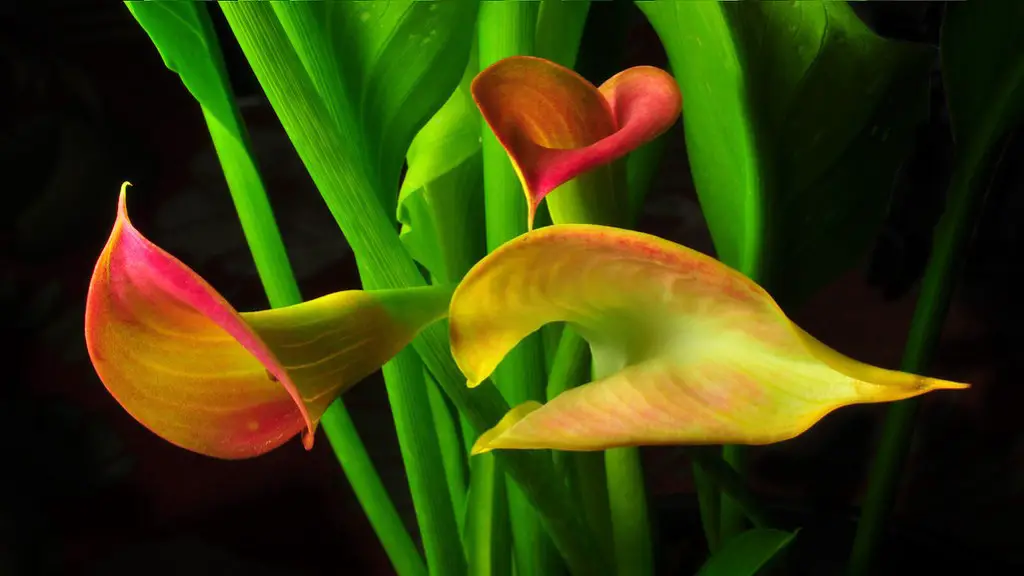A Phalaenopsis orchid is a popular houseplant because it is relatively easy to care for. However, even with proper care, Phalaenopsis orchids can sometimes experience leaf-wilting. This is usually due to one of three reasons: too much or too little water, too much or too little light, or too much or too little fertilizer. If you notice your Phalaenopsis orchid’s leaves wilting, chances are one of these three things is the culprit.
The leaves on a Phalaenopsis orchid can wilt for a variety of reasons, including too much or too little water, too much or too little light, or a lack of nutrients. If the leaves are wilting and the roots are soft, it is probably due to too much water. If the leaves are wilting and the roots are hard, it is probably due to too little water. If the leaves are wilting and the plant is not getting enough light, it will likely need to be moved to a brighter location. If the leaves are wilting and the plant is getting too much light, it will need to be moved to a shadier location. If the leaves are wilting and the plant is not getting enough nutrients, it will need to be fed a balanced fertilizer.
Why are my orchid leaves limp and wrinkled?
There are a few reasons why the leaves on your orchid might be wrinkled. The most common reason is a lack of water to the leaves, which can be caused by either underwatering or overwatering. Another reason might be root rot, which can also be caused by overwatering. If you think your orchid is wrinkled due to a lack of water, try watering it more frequently. If you think it might be due to root rot, try replanting it in fresh potting mix.
Heat stress can cause the orchid leaves to droop as they lose water through transpiration. Too much or too little water can also be a source of stress for the plant.
Will wilted orchid leaves recover
If you notice that your orchid’s leaves are starting to wrinkle, it’s important to act quickly. Wrinkled leaves can usually be rescued as long as you catch the problem early. The leaves may not look very appealing, but they are still helping to provide energy for the plant. Damaged leaves are better than no leaves at all, since a plant without leaves has a very low chance of survival.
If you notice that your orchid’s leaves are looking limp or leathery, it’s a sign that the plant is getting too much water. The existing leaves may begin turning yellow, and new leaves may look pleated. If you see these changes, it’s important to adjust your watering schedule so that your orchid doesn’t become overwatered.
Should I cut off limp orchid leaves?
Overall, trimming orchid leaves is not necessary for proper growth. Any cuts in the plant are open to infection and, therefore, should be avoided. However, if your orchid has been infected by fungal or bacterial diseases, trimming off affected leaves may help to save the plant.
If you notice that your orchid’s leaves are looking a bit leathery and limp, it’s a good indication that there is a problem with the plant’s watering. To fix the issue, start by checking the roots of the plant. Both over- and under-watering can lead to dehydration, which will cause the leaves to look limp and lifeless. Once you’ve determined the cause of the problem, make sure to water your orchid correctly to avoid any further issues.
What does a dehydrated orchid look like?
Your orchid is dehydrated if you see that its bottom leaves are yellow and wilted, and its buds are falling off instead of opening (bud blast). Dehydration is often caused by too much sun or heat, or not enough water. If you think your orchid is dehydrated, gently mist it with water and place it in a cool, shady spot.
You can revive an orchid plant by repotting it in some fresh growing medium. First, cut back any dead leaves or stems. Carefully remove the plant from its pot, and gently loosen any roots that are growing in a circle around the pot. Place the orchid in a new pot that is slightly larger than the old one, and fill it with fresh, well-drained growing medium. Water the plant thoroughly, and place it in a bright location out of direct sunlight. With proper care, your orchid should soon start to regenerate new growth.
What does an unhealthy orchid look like
If you notice your orchid’s leaves are brown or mushy, this is a sign of root rot and your plant is not healthy. Healthy roots should be plump and green. If you see that your orchid’s leaves are very dark green, this means it is not getting enough light. Move it to a place where it will receive plenty of bright, indirect sunlight.
To ensure your orchid is receiving the right amount of water, check the roots to see if they are firm and green. If the leaves are shiny and firm, then the orchid is receiving the right amount of water. However, if the roots are dehydrated, then the orchid is not receiving enough water. On the other hand, if the roots are overwhelmed with water, then the orchid is receiving too much water.
What are the signs of an Underwatered orchid?
If the roots of your orchid are dry and shriveled, it is likely that the plant has not had enough water. Check the potting material to see if it is too coarse, making poor contact with the roots. Otherwise, you simply haven’t watered the orchid frequently enough.
Orchids prefer a small pot so that their roots can weave through the compost as they grow. However, they will eventually run out of room and their roots will push the plant up above the rim of the pot or reach out into the air. This is a sign that it is time to re-pot the plant.
Do orchids like big or small pots
Orchids are one of the most beautiful and popular flowers in the world, and they come in a wide variety of colors, shapes, and sizes. Most orchids require a pot that is 4, 5, or 6 inches in diameter, but there are some seedlings and miniatures that require smaller pots. Older specimen plants and some genera (such as Cymbidium, Phaius, and large Cattleya) often require pots that are 8 inches or larger in diameter. When choosing a pot for your orchid, be sure to pick one that is the appropriate size for the plant.
If you have an overwatered orchid, the first thing you should do is remove any mushy or damaged roots. Use a sharp, sterile knife to do this. Then, you will need to repot the orchid in fresh potting media. You can find instructions on how to do this on our website.
What does a thirsty orchid look like?
If you’re wondering whether your orchid needs more water, take a look at its roots. Plump white roots indicate a healthy orchid that’s being watered correctly. When watered, healthy roots should turn bright green. Shriveled gray roots signal that the orchid needs more water.
The soaking method for rehydrating and revival Orchids is a process of six steps. Unpotting the Orchid, rinsing the roots, pruning the roots, removing the bloom stem, tea/water bath, and alternate soaking and drying are the six steps. This method is to help Orchids that have become dehydrated or have been growing in an unsuitable environment.
Are tea bags good for orchids
Orchids need nitrogen for optimal health, so using a fertilizer with nitrogen is important. All-purpose flower fertilizer or orchid fertilizer will contain the necessary nitrogen. Another high-nitrogen option for fertilizer is tea bags. With this option, you just open the bag and spread the contents in the potting media.
If you notice any of the above signs, it is likely that your plant is dead or dying. Try to determine the cause and address it if possible. If not, you may need to dispose of the plant.
Final Words
The most common reason for wilting Phalaenopsis leaves is lack of water. The leaves will wilt if the plant doesn’t have enough water, either because it hasn’t been watered recently or because the pot doesn’t have enough drainage. If the leaves are wilting and the pot feels dry, water the plant and check the drainage. If the pot is sitting in water, the plant is probably overwatered.
The most likely reason your orchid’s leaves are wilting is because the plant isn’t getting enough water. Orchids are native to tropical climates and need to be watered regularly to stay healthy. If you don’t water your orchid enough, the leaves will start to wilt and the plant will eventually die.
